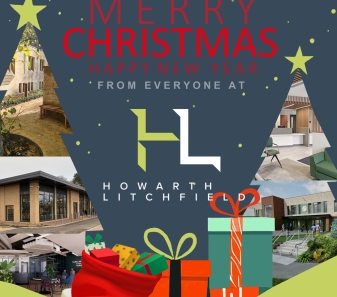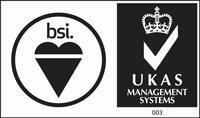. . . Or you could say a specific tool, the Building for Life 12 (BfL12) tool, which has been introduced to Durham-based architect, Howarth Litchfield’s housing design process, to great effect.
At the best of times, designing a house is a complex process, which relies on the close collaboration of many stakeholders – the local planning authority, the community, developers, design teams and consultants, to name a few – where each party engages at different stages and with varying levels of involvement.
So how does the Bfl12 tool work and what is it? Well, in the past year, since Howarth Litchfield fully embraced its use, the team has built a solid design framework around which ideas and challenges can be structured, explored and discussed with any involved party, because it sets a solid foundation for all design decisions. This is crucial when designing high quality homes and neighbourhoods.
BfL12 provides a ‘route map’ consisting of 12 considerations that introduce everyone involved on the project to core planning principles such as connectivity, character, context, public and private realm and streetscape. The general principles of the proposed scheme can then be discussed and assessed against each consideration.
Howarth Litchfield designs many types of houses – from bespoke one-off highly sustainable, purpose-designed homes of the future to schemes for the volume house builder – so there was an appetite to see how it would assist the team when used in the design development of four housing schemes in County Durham. They have gained most success with a site in Chilton for Dere Street Homes, with over 200 houses, where they took an outline planning approval gained by a regional housing developer, for a basic, developer-designed site and transformed it into something more bespoke and fitting to the context, aligning to key drivers of the BfL.
Keith Handy, director of Howarth Litchfield said: “Our proposal was developed closely with Dere Street Homes to ensure the commercial viability of the project was not impacted by the introduction of the BfL standards. We were able to utilise the large area of public open space and reorganise the layout to create a more varied landscape-led design, creating a series of character areas, whilst maintaining overall housing densities.
“Whilst it was not all plain sailing (getting new housing developments through the planning process rarely is), it really helped us to structure and coordinate our conversation with various stakeholders so that each could focus on the design aspects that were important to them.
“What made the process easier was the fact that Durham County Council has an established in-house review process to assess schemes using the BfL12 standards. The level of familiarity and involvement of the Council’s specialist teams – including highways, landscape, ecology, and design – allowed us not only to collaboratively improve the design quality ensuring that each design aspect was thoroughly considered and discussed, but also streamline and speed up the planning process.
“It has resulted in a better-quality housing scheme specific to the local context that would be difficult to achieve otherwise.”
But like all new tools, they have a season, only to be replaced by a more refined version of their original selves. BfL12 is no exception.
In June 2020, the latest edition of Building for Life 12 was published under a new name – Building for a Healthy Life. While the original structure remains for the most part, the new edition tackles changes in legislation such as the National Planning Policy Framework 2019 and National Design Guide 2019, and as the name implies, gives more attention to the concept of attaining a healthy life, with several wider social parameters considered.
Currently, the team at Howarth Litchfield are familiarising themselves with the updated edition of the BfL tool and reviewing their existing processes to incorporate the changes, which will benefit all future housing design clients.
The tool has been a great help in organising and structuring Howarth Litchfield’s housing design development processes. Internally, it provides a high-quality design brief and a shared starting point for all members of the project. Externally, it is a convenient communication tool which not only helps the practice to demonstrate evidence of its design decisions, but also, compliance with relevant planning documents. In turn, this enables Howarth Litchfield to advise clients on how best to achieve a successful planning outcome.
Showhouse Magazine (digital edition) – Isla MacFarlane













